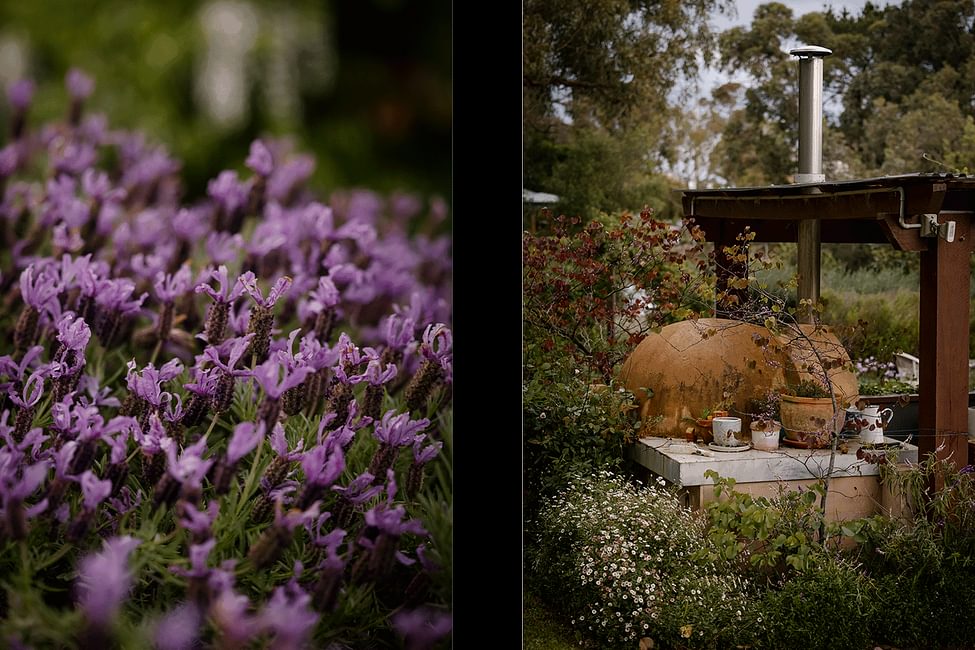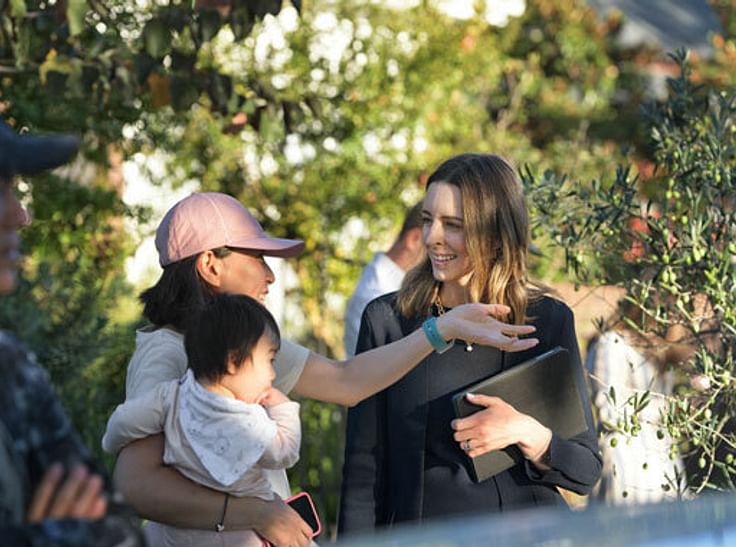The art of designing romantic gardens with Ashley James

Ashley James is an Australian Garden Designer & Writer. From relaxed country and cottage gardens to bold urban spaces, Ashley has gained a reputation for creating beautiful, romantic spaces, that combine traditional design principles with wildly romantic plantings. In this article, Ashley shares his creative process and how he connects every client with their dream garden.
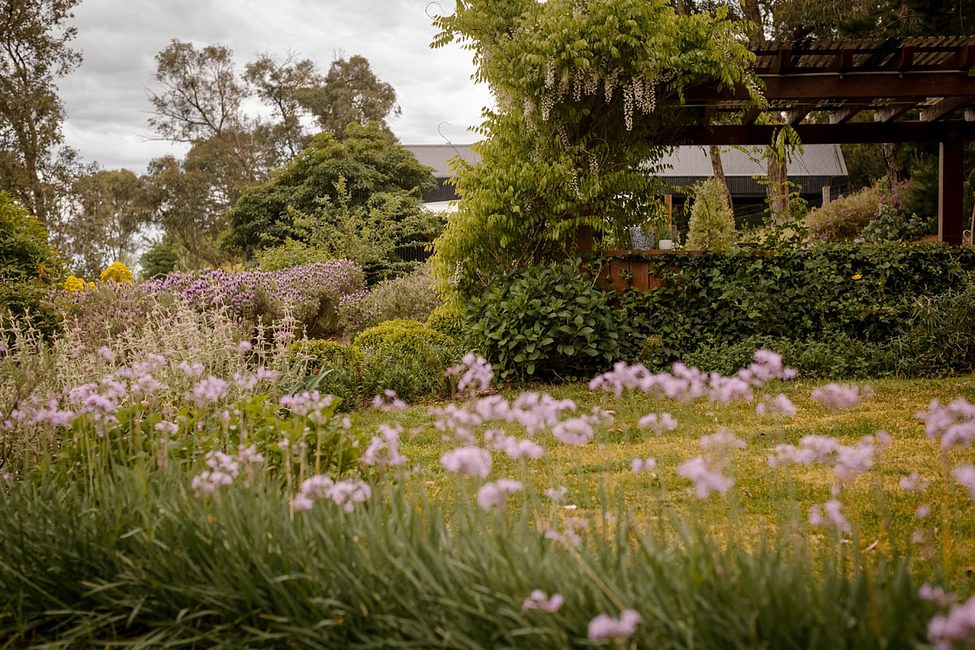
The art of designing romantic gardens
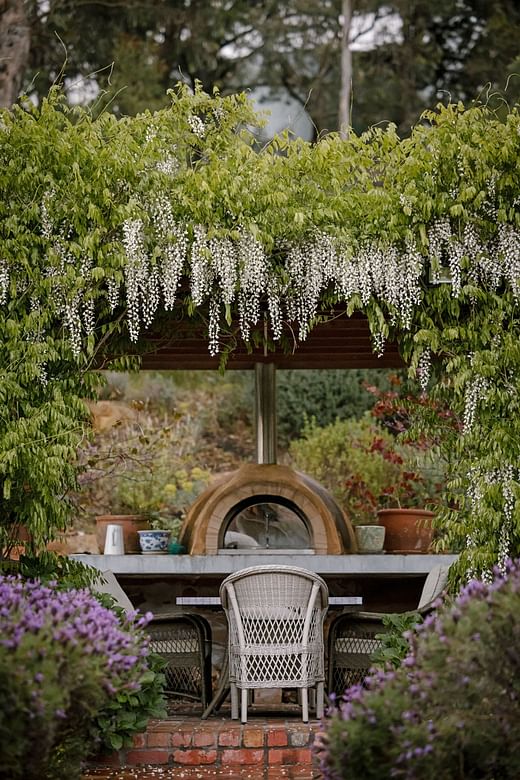
As a garden designer, my passion lies in crafting spaces that tell a story—a story made from nature, imagination, and romance. Each garden I create is not just a collection of plants; it is a retreat that transports visitors to a whimsical world where beauty reigns and the everyday fades away.
In your recently completed Yarra Valley project, your clients were looking for a garden that embraced the area's natural surrounds. How did you go about this?
In this garden located in the Yarra Valley, my clients reached out to me with the vision of creating an enchanting space that invites exploration and embraces natural beauty, all while exuding a sense of romance. We achieved this by leaning into the property's natural elevated landscape, using lush perennial plantings and fragrant flowers. The garden features a Wisteria covered pergola, perfect for entertaining or simply relaxing.
You are known for creating charming scenes and beautiful wildflower selections. Tell us more about your signature style.
My gardens are characterised by their enchanting features: winding pathways, timber arbours draped in climbing roses, and hidden nooks adorned with flower rich plantings. I often incorporate unexpected elements—perhaps a vintage birdbath or a playful sculpture—that invites curiosity and sparks joy. The goal is to create an immersive experience, where every corner reveals a new delight and inspires a sense of wonder.
What elements come into play with designing your gardens?
In these gardens, colour plays a vital role. Soft pastels and vibrant blooms come together to create a painterly effect, while fragrant herbs and flowers engage the senses. I believe that a garden should be a feast for the eyes and the soul, a place where one can escape the hustle of modern life and reconnect with nature.
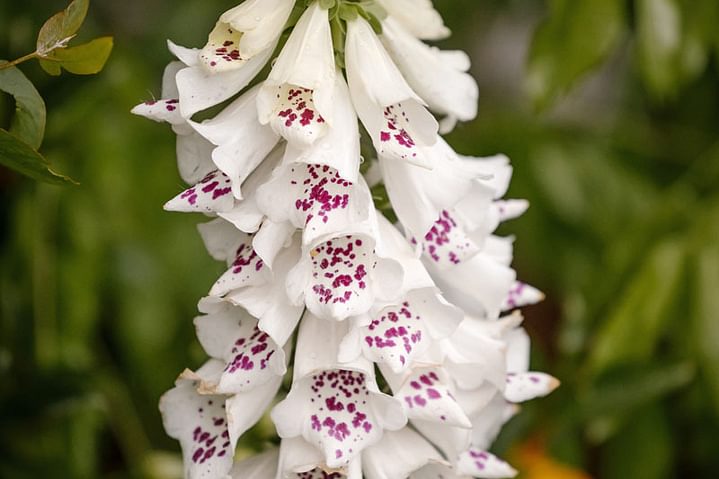
Talk us through your creative process?
Every project begins with understanding my clients’ dreams and desires. I encourage them to share their favourite stories, memories, and inspirations. This collaboration fuels my creativity and ensures that the garden reflects their personality, making the space not just beautiful, but deeply meaningful.
What do you love most about working with Australian gardens?
As I watch a garden grow and evolve, I feel a sense of fulfillment. Each garden becomes a living piece of art, showing the connection between romance and nature. For me, designing gardens is not just a profession; it’s a calling—a chance to create enchanting spaces where memories are made.
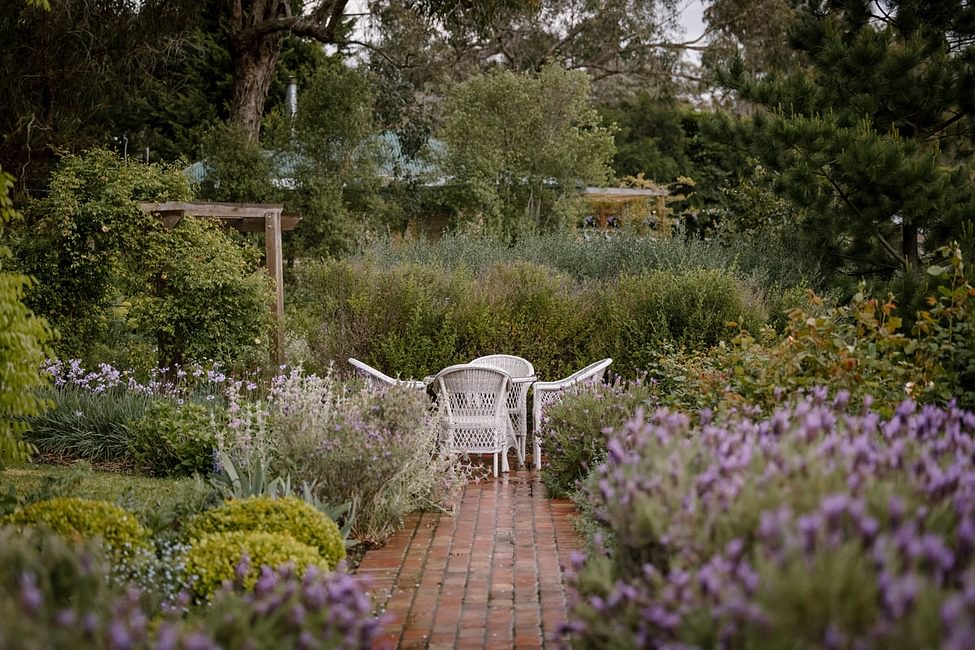
Ashley and his team design and create gardens to suit many different situations, from small inner-city courtyards to large country estates.
Visit ashleyjamesgardens.com for more information.
Photography | Allie Claire Creative
Tips for a blooming spring garden
Water wisely: Spring weather can be unpredictable, with rain one day and dry spells the next. Water your plants early in the morning to minimize evaporation and reduce the risk of disease. Use a soaker hose or drip irrigation to deliver water directly to the roots, which conserves water and promotes healthier plants.
Select early bloomers: Choose a variety of early-blooming flowers like crocuses, daffodils, tulips, and hyacinths. These bulbs can be planted in the fall and will provide a burst of colour as soon as spring arrives. Mixing different types ensures a longer blooming period and a vibrant display.
Incorporate foliage: Don’t forget about foliage plants like hostas, ferns, or ornamental grasses. Their textures and colours can enhance the beauty of your blooms and fill in gaps when flowers are not in peak bloom.
Fertilise and prune: In early spring, apply a balanced fertiliser to give your plants the nutrients they need for strong growth and abundant blooms. Regularly prune spent flowers to encourage continuous blooming and keep your garden looking neat.
Attract pollinators: Planting a variety of flowers that attract bees, butterflies, and hummingbirds will not only add life to your garden but also help with pollination. Choose nectar-rich flowers like lavender to create a pollinator-friendly environment that supports a thriving garden.

